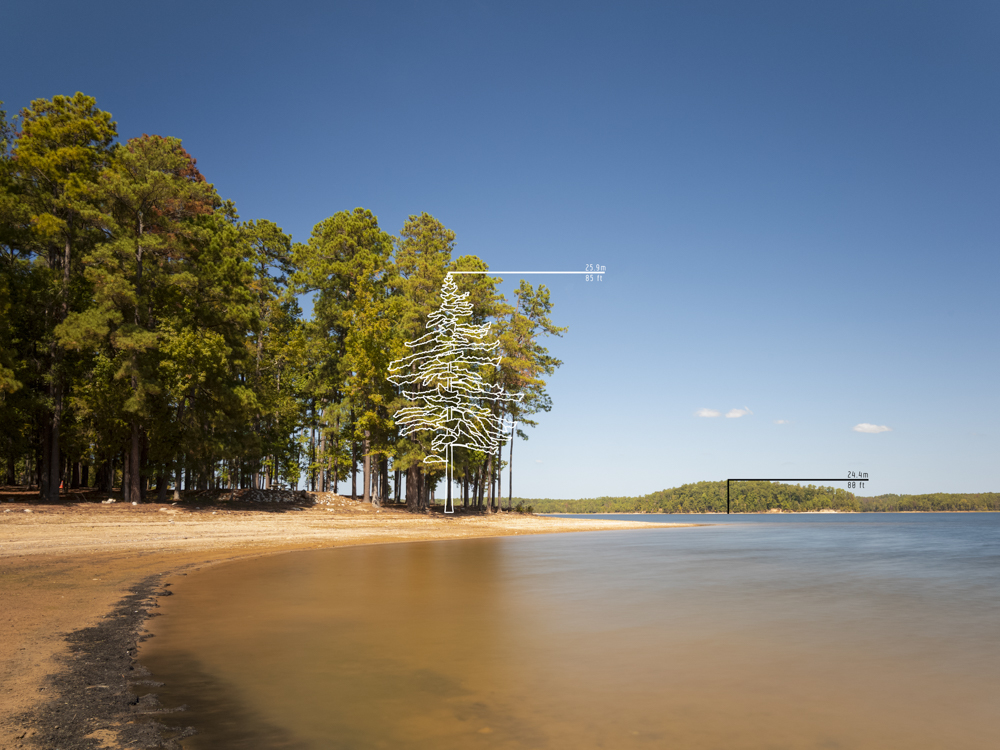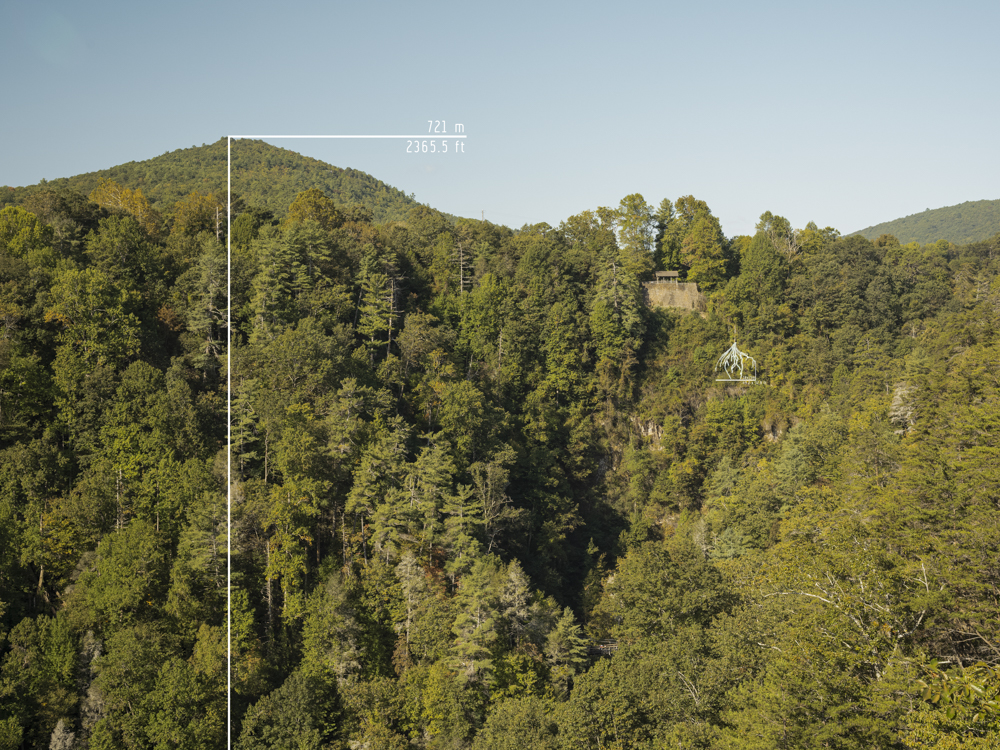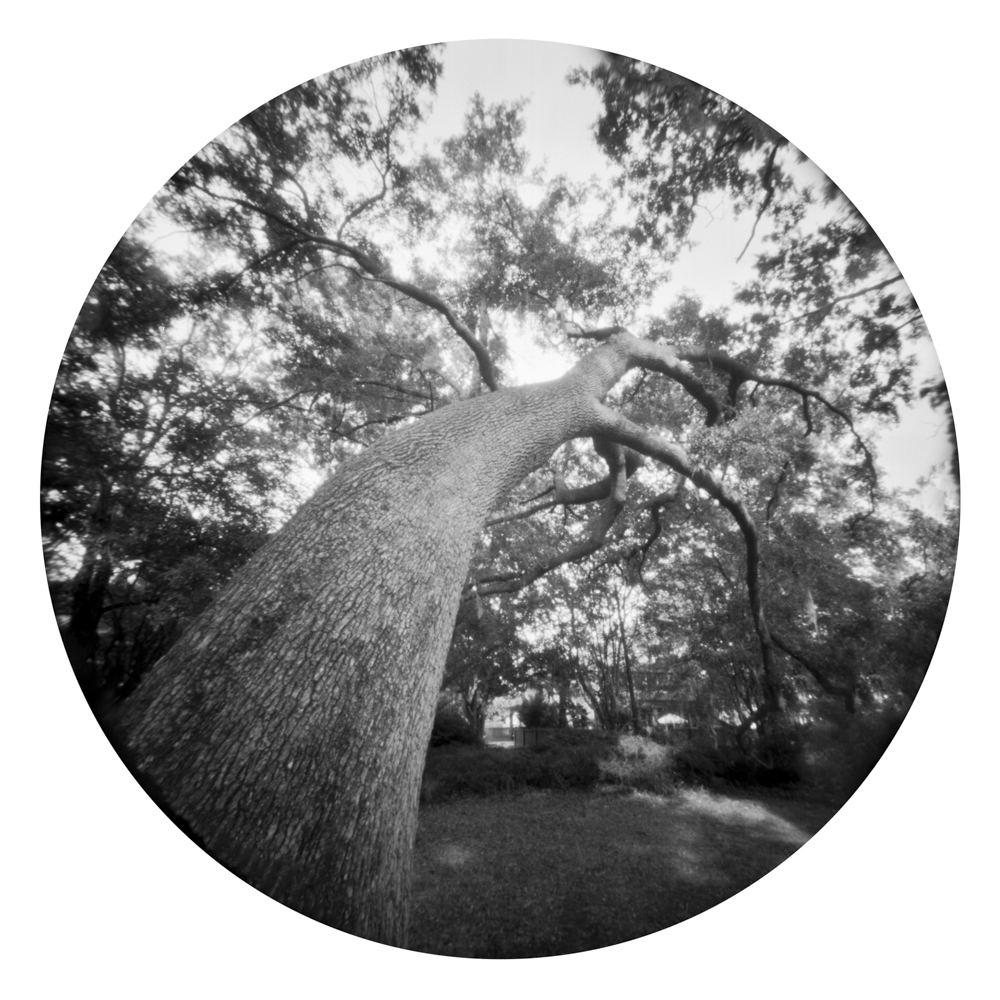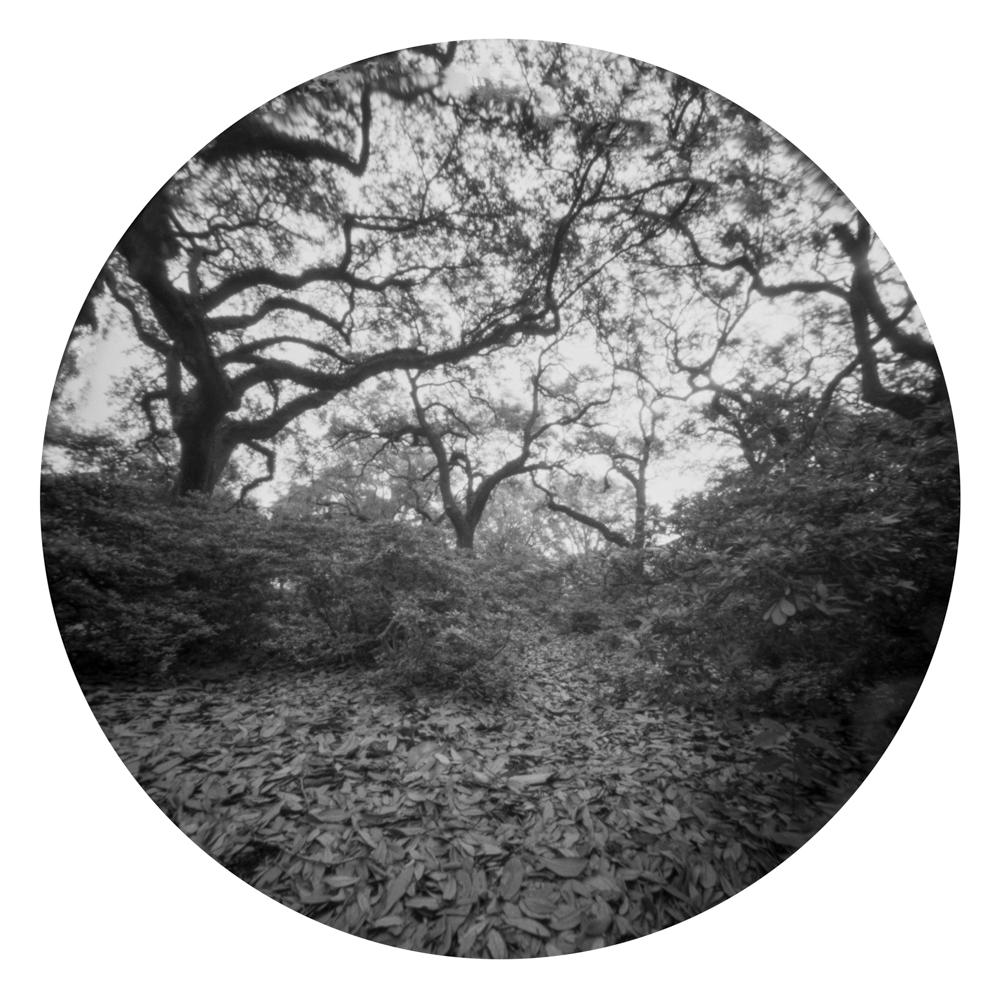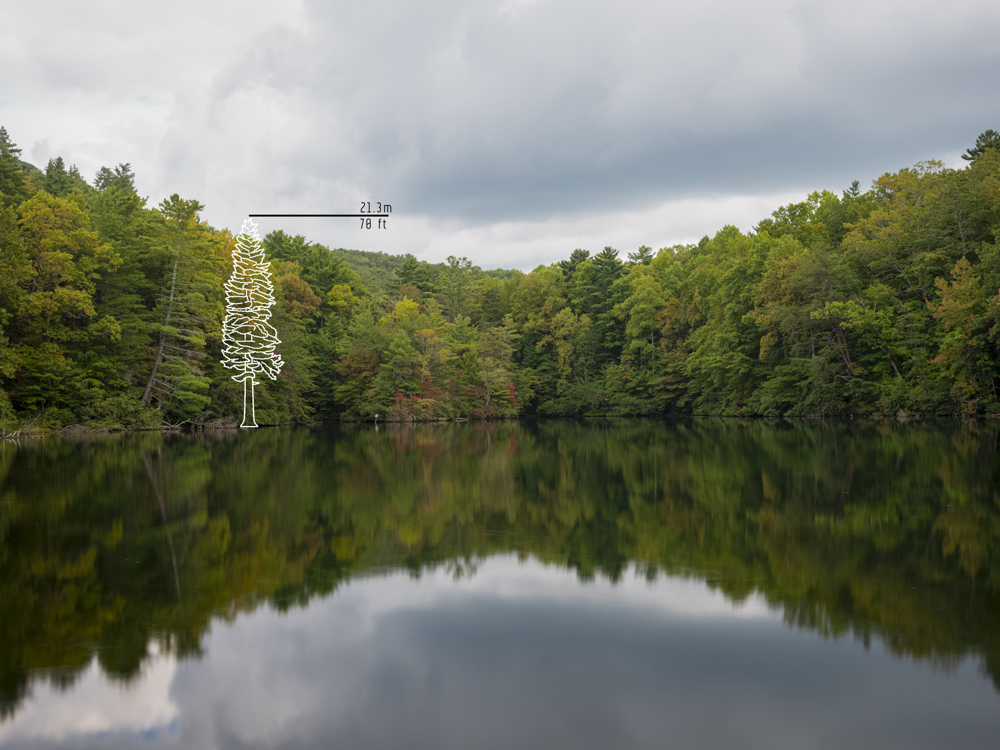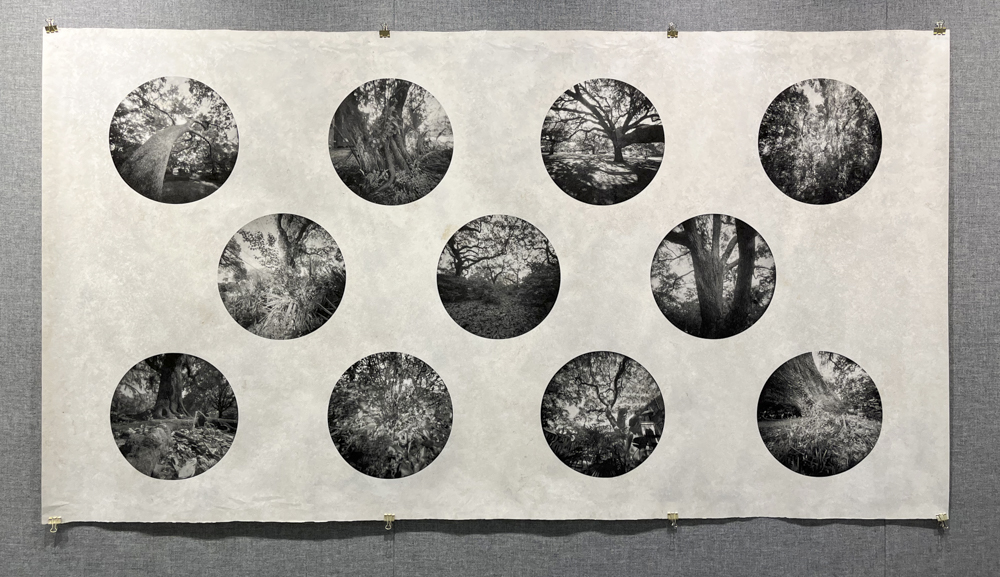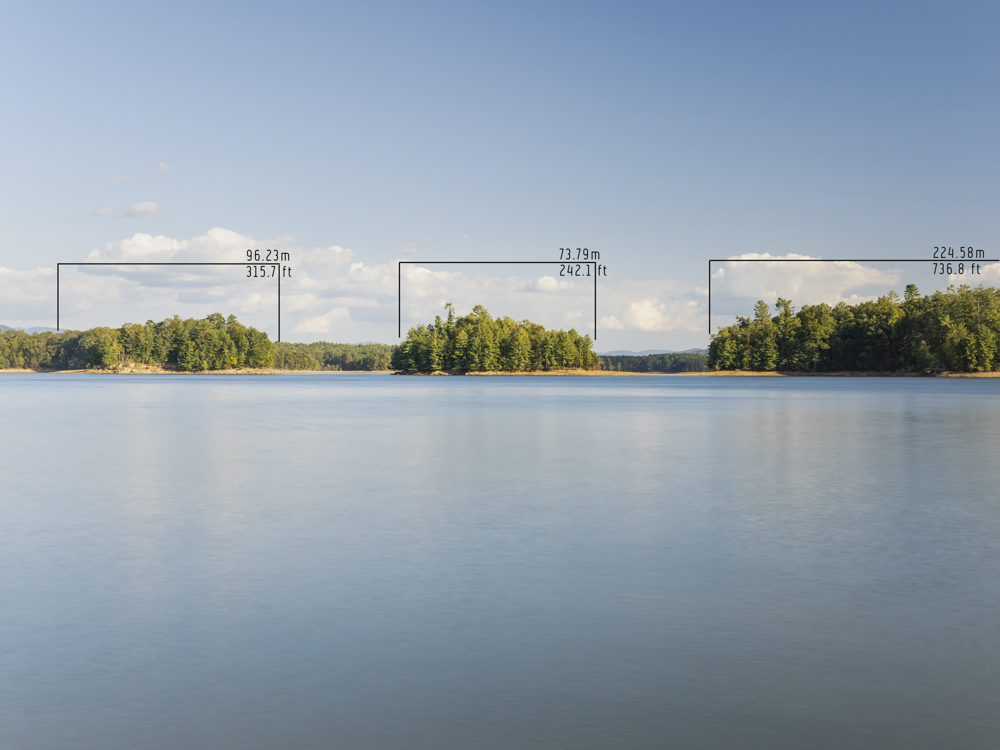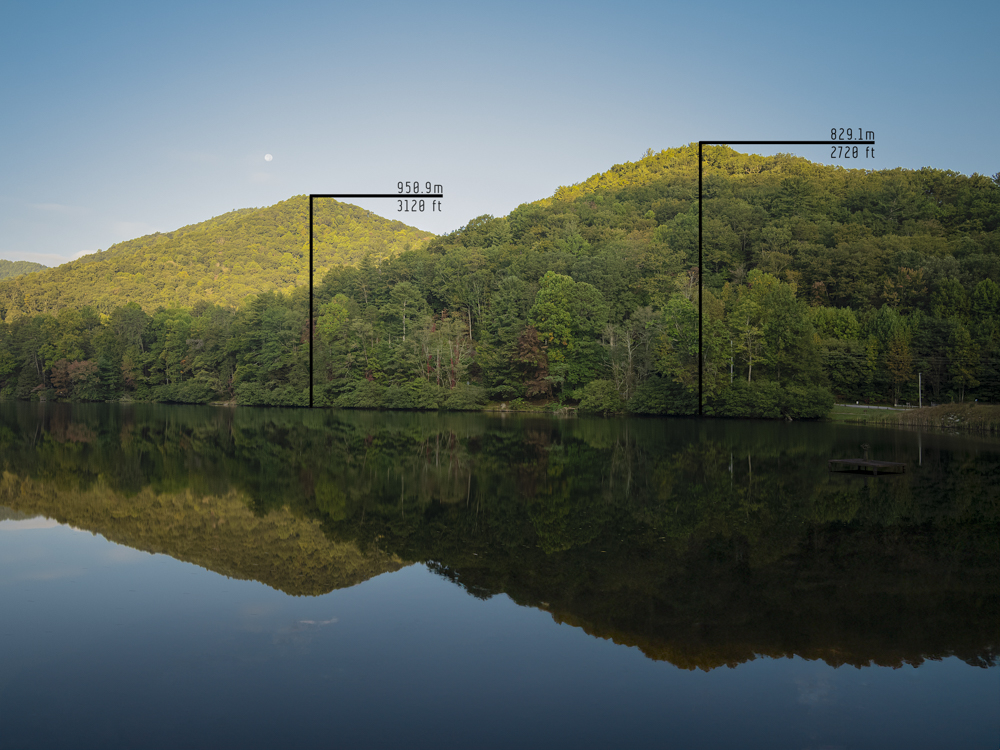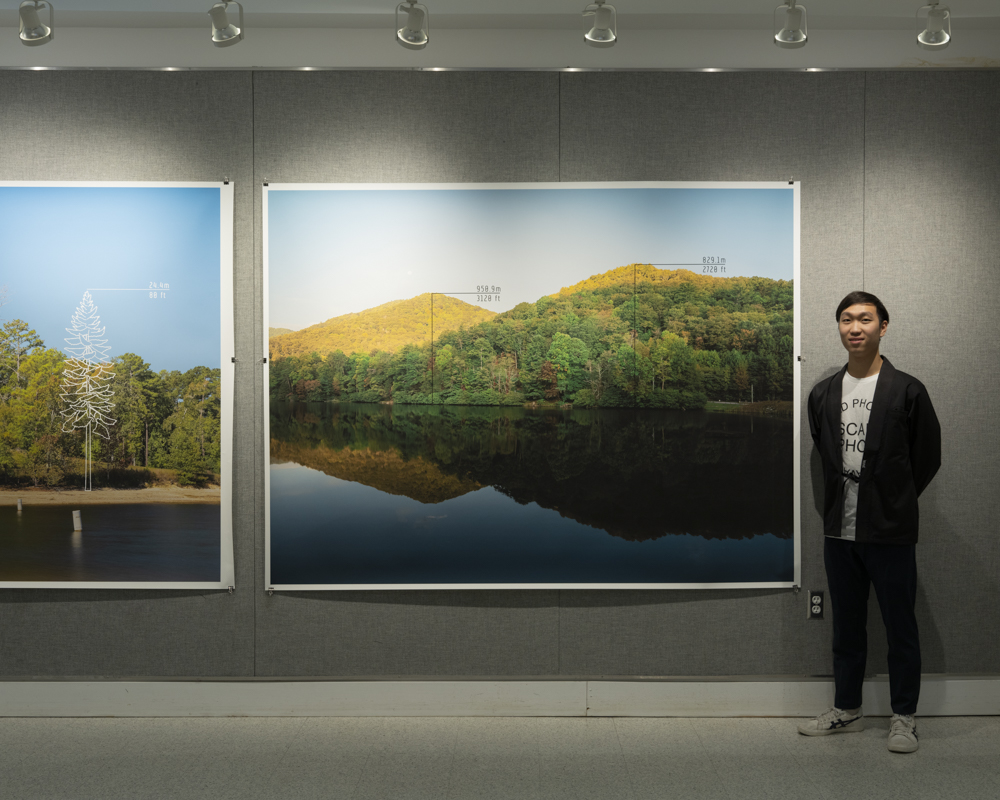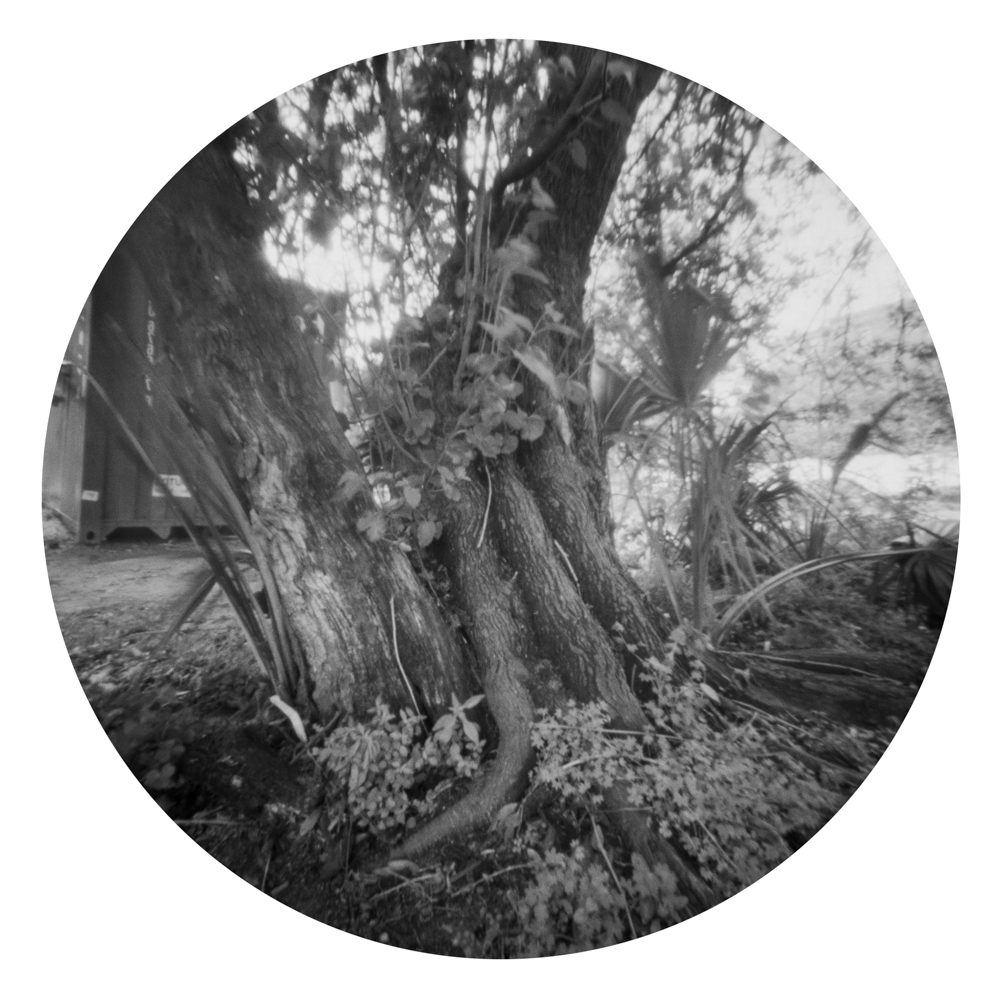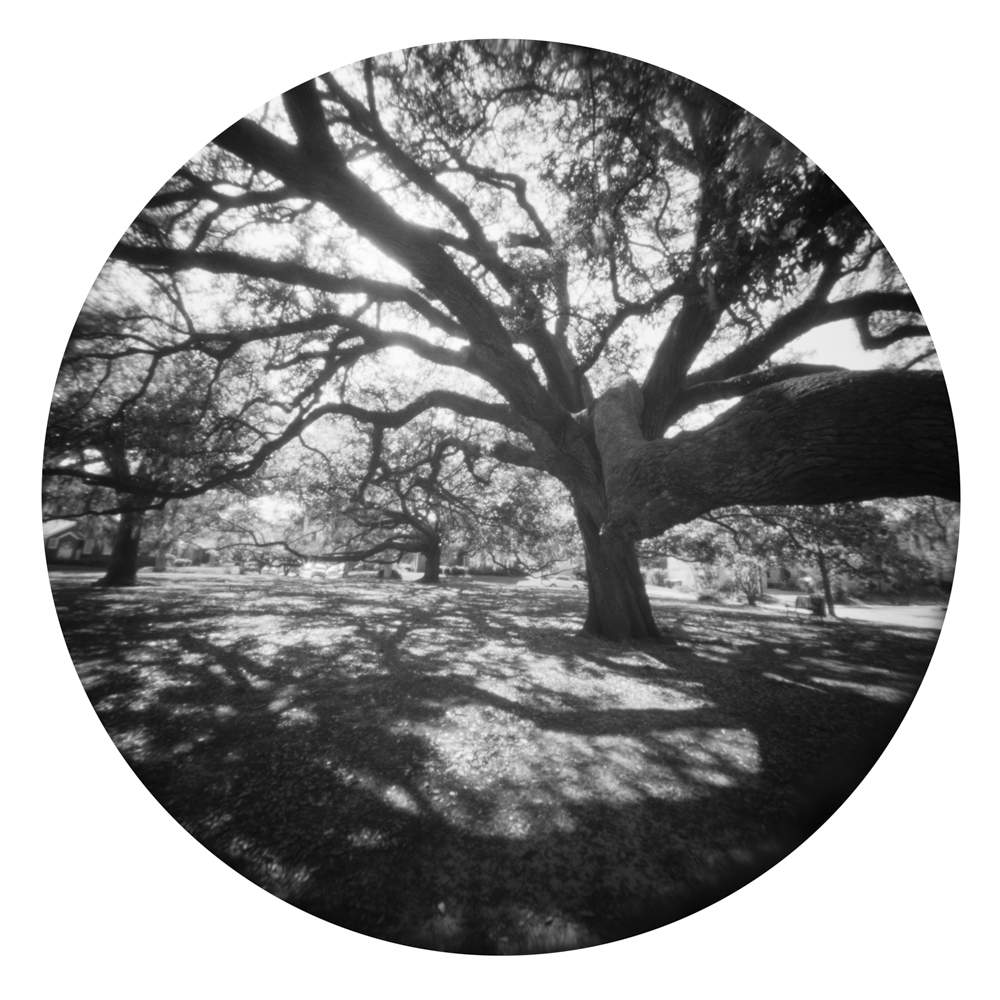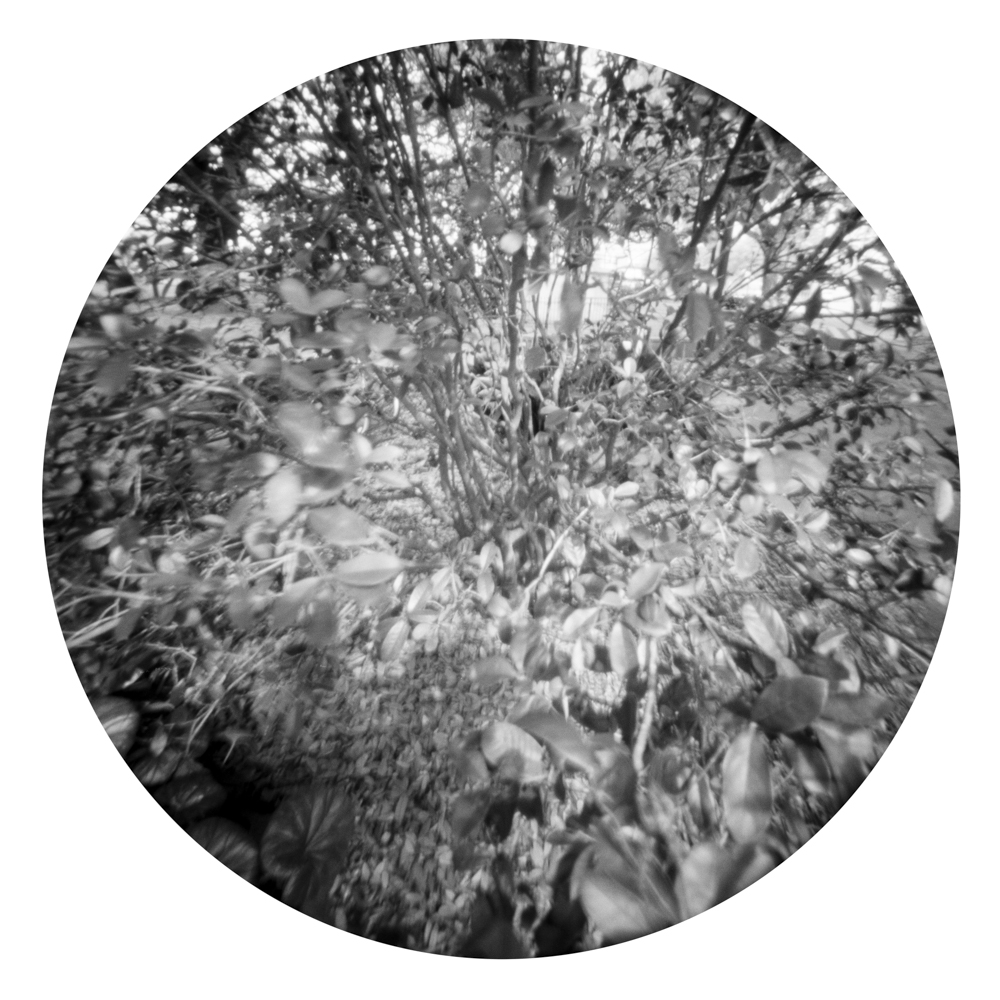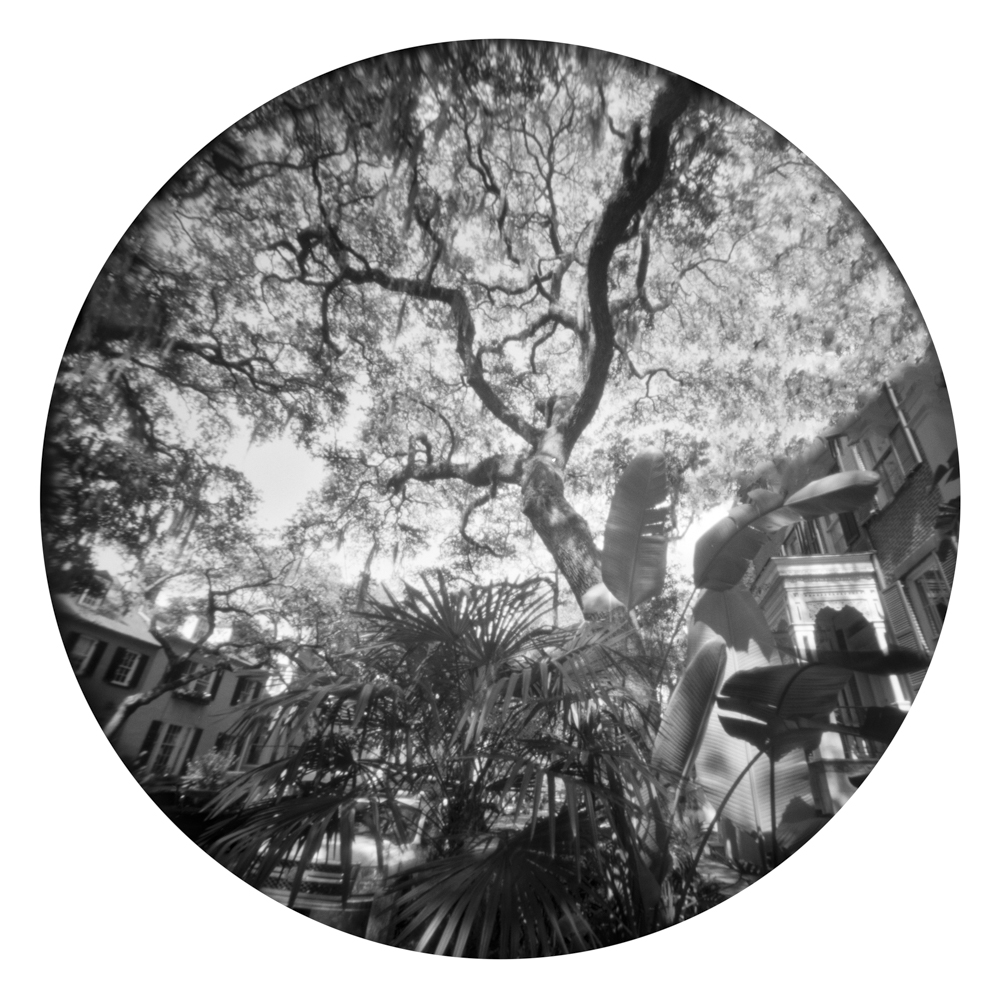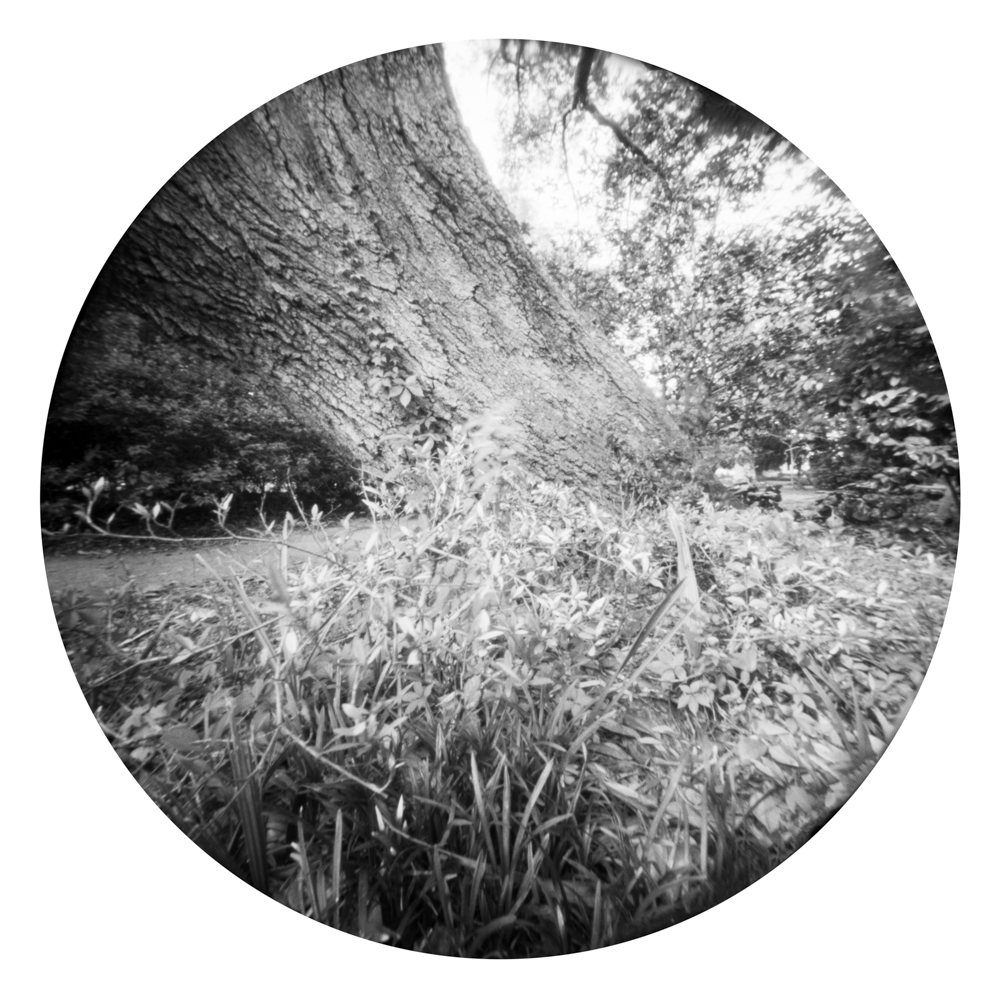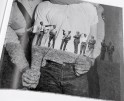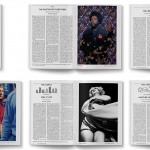Marco Yat Chun Chan: Dollar Landscape and Savannah Trees
This week, we will be exploring projects inspired by memory, place, and/or intimacy. Today, we’ll be looking at Marco Yat Chun Chan’s series Dollar Landscape and Savannah Trees.
Marco Yat Chun Chan’s work was first introduced to me through the Midwest Nice Art exhibition, midwest salon. My husband, Tim Rickett, and I began the art collective as a way to feature work by emerging artists. Marco’s work really stood out to us, and we created the midwest salon, in the fashion of the 1863 Salon des Refusés, as a way to feature his and other artists’ works. Marco brings a unique perspective to the way we view landscapes. By featuring an object as overlooked as the tree, the additional context of place and Marco’s history allows viewers to spend more time with nature. The artistic intervention is minimal, very much in the traditional documentary form. When artists are able to incorporate research into the image itself, it sticks with you. When I go out into natural expanses with trees, I can see these images in the landscape.
I am deeply inspired by daily life and personal experiences. Growing up in Hong Kong, the rapid development and cultural contrasts of the city heavily influence my work. My art explores local heritage and culture, often prompting viewers to engage both visually and physically.
I have developed a diverse portfolio using various photographic formats and printing methods, understanding the importance of harmony between image and material. Utilizing both historic and digital photo printmaking, I offer professional advice on printing techniques and materials to enhance image presentation.
Two notable projects, “Savannah Trees” and “Dollar Landscape,” reflect my experience with landscape. “Savannah Trees” pays homage to the history and planning of Savannah’s historic downtown, examining how the city’s vision impacts its landscape and heritage. “Dollar Landscape” explores the changing perceptions of nature and travel, influenced by the convenience of modern transportation and social media. Both projects highlight my interest in capturing the lasting impact on our environment and lifestyle.
Epiphany Knedler: How did your project come about?
Marco Yat Chun Chan: Savannah Trees and Dollar Landscape, emerged from my reflections on nature and observations of changes brought by modern lifestyle.
Savannah Trees was inspired by my experience with the free-growing trees in Savannah, a stark contrast to the fenced-up trees in Hong Kong. The harmony between the city and nature in Savannah was a new experience for me, and I wanted to convey this sense of appreciation for nature to my peers. I decided to use a self-made pinhole camera and print on bark paper to create a unique visual experience that reflects this harmony.
Dollar Landscape stemmed from my observation of the overwhelming amount of nature travel guides and images people encounter online. This made me reflect on how our motives for travel have shifted with the development of technology and social media. I aimed to create a series of images that are not only visually appealing but also informative, serving as a reminder for viewers to appreciate the sublime nature and explore their surroundings in depth when they visit new places.
EK: What relationship do place or memory play within your practice?
MYCC: Place and memory are central to my practice. My work often stems from observing and reflecting on my daily experiences, which are deeply influenced by my current location. By integrating my personal experiences with my observations of the places I inhabit, I then distill these combined insights into concepts worthy of deeper exploration.
Locations are frequently quoted in the titles of my pieces, underscoring their importance. This approach encourages viewers to engage physically with my work, fostering a deeper connection to the place being represented. For instance, in projects like Savannah Trees, the tree of Savannah is specific to the narrative, as it reflects my personal journey of discovering the harmonious relationship between city and nature. Similarly, Dollar Landscape examines how modern lifestyles and technology influence our interaction with natural spaces, using specific locations to ground the broader commentary.
Memory also plays a crucial role. My memories of places I’ve lived or visited inform my perspective and artistic choices, allowing me to create works that resonate with both personal and shared experiences. This blend of place and memory not only enriches the storytelling aspect of my art but also invites viewers to reflect on their own connections to specific locations and the memories they hold.
This interplay of place and memory in my practice not only shapes the content and context of my work but also encourages an active, reflective engagement for the audience, bridging personal and collective experiences through photography.
EK: Is there a specific image that is your favorite or particularly meaningful to this series?
MYCC: For Savannah Trees, the image titled Savannah Trees – #6 holds special significance for me. It is one of the few images in the series that features multiple trees, serving as the central piece of the collection. The welcoming composition and central placement of this image reflect the thoughtful city planning and the harmonious relationship between humans and nature in Savannah. This photograph embodies the sense of welcome and community I felt when I first encountered the beautiful, tree-lined squares of the historic town.
In Dollar Landscape, every image is equally important to me, as each one represents a unique exploration and research into specific locations. Each photograph captures the distinct character and rich history of the landscapes and geology, showcasing the inherent beauty and diversity of these natural environments. Through this series, I aim to highlight the intricate details that make each place special, encouraging viewers to appreciate the sublime nature and delve deeper into the exploration when traveling.
EK: Can you tell us about your artistic practice?
MYCC: I believe in the power of sharing and collaboration. Throughout my artistic journey, I engage with friends and peers, regardless of whether they work in the arts or not. By sharing my ongoing projects and ideas with them, I invite diverse perspectives and insights. This collaborative approach enriches my ideas, allowing it to evolve beyond my initial vision.
One valuable lesson I’ve learned from these conversations is that art is fundamentally about sharing. For the two body of work, it’s about conveying the joy and awe I feel when immersed in nature’s beauty. Through my photography, I aim to evoke a sense of connection with the natural world, offering viewers both new insights and nostalgic reminders.
My artistic practice is a journey of exploration and connection—one where personal experience, collaborative reflections, and a passion for nature converge to create meaningful and evocative works of art.
EK: What’s next for you?
MYCC: One of my future plans is to expand my project Dollar Landscape to new locations as I travel. Each landscape has its own distinct character, and I am passionate about capturing these unique qualities through images. I intend to deepen my connection to these places through thorough research and promoting them in an educational and informative manner. My goal is to inspire exploration and appreciation for the natural world.
Additionally, I am enthusiastic about sharing my joy in photographic printmaking with a broader audience. I plan to forge new connections with diverse individuals and communities, possibly through gatherings and workshops locally. These workshops would serve to highlight the transformative power of art, prints, and photography, fostering a deeper understanding and appreciation for these mediums.
Epiphany Knedler is an interdisciplinary artist + educator exploring the ways we engage with history. She graduated from the University of South Dakota with a BFA in Studio Art and a BA in Political Science and completed her MFA in Studio Art at East Carolina University. She is based in Aberdeen, South Dakota, serving as a Lecturer of Art and the co-curator for the art collective Midwest Nice Art. Her work has been exhibited in the New York Times, Vermont Center for Photography, Lenscratch, Dek Unu Arts, and awarded through the Lucie Foundation, F-Stop Magazine, and Photolucida Critical Mass.
Follow Epiphany on Instagram: @epiphanysk
Posts on Lenscratch may not be reproduced without the permission of the Lenscratch staff and the photographer.
Recommended
-
Ricardo Miguel Hernández: When the memory turns to dust and Beyond PainNovember 28th, 2025
-
Pamela Landau Connolly: Columbus DriveNovember 26th, 2025
-
KELIY ANDERSON-STALEY: Wilderness No longer at the Edge of ThingsNovember 19th, 2025
-
Jackie Mulder: Thought TrailsNovember 18th, 2025
-
Accidental Evidence: Mike Mandel and Chantal ZakariOctober 22nd, 2025

